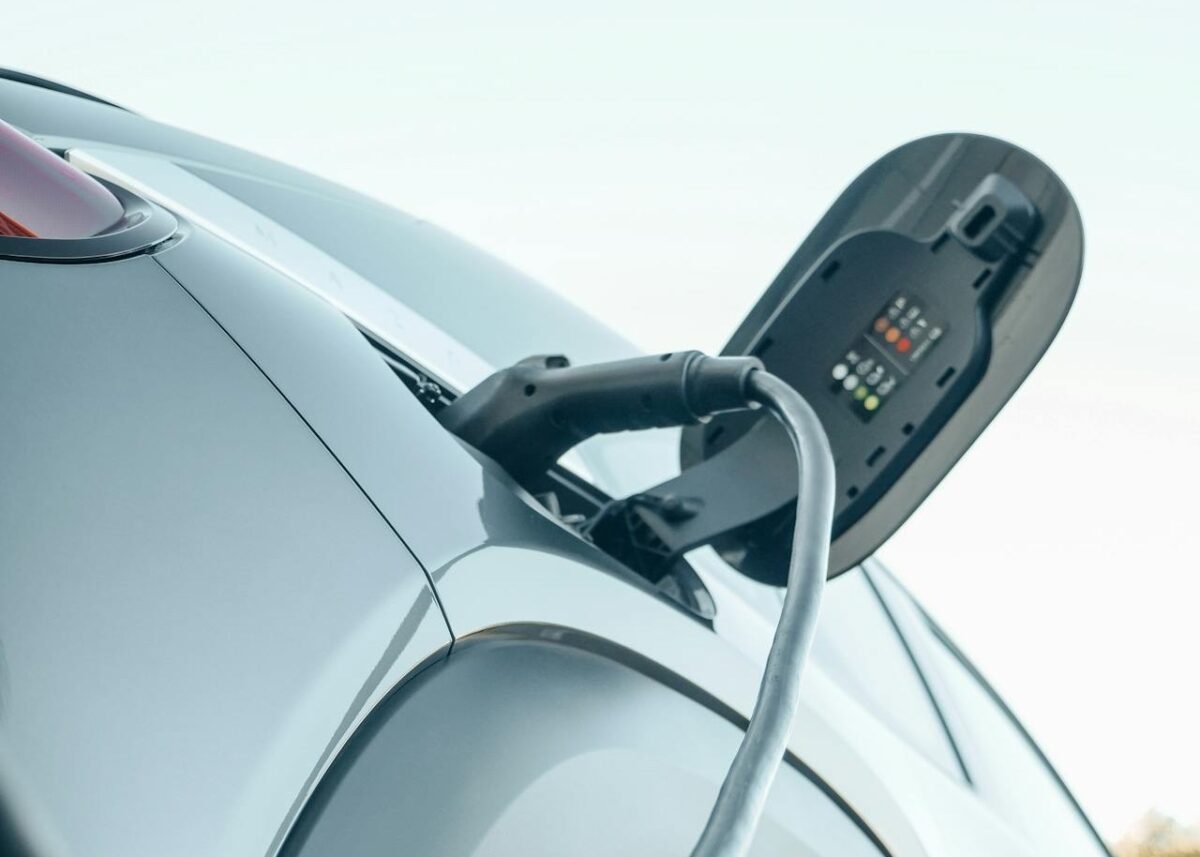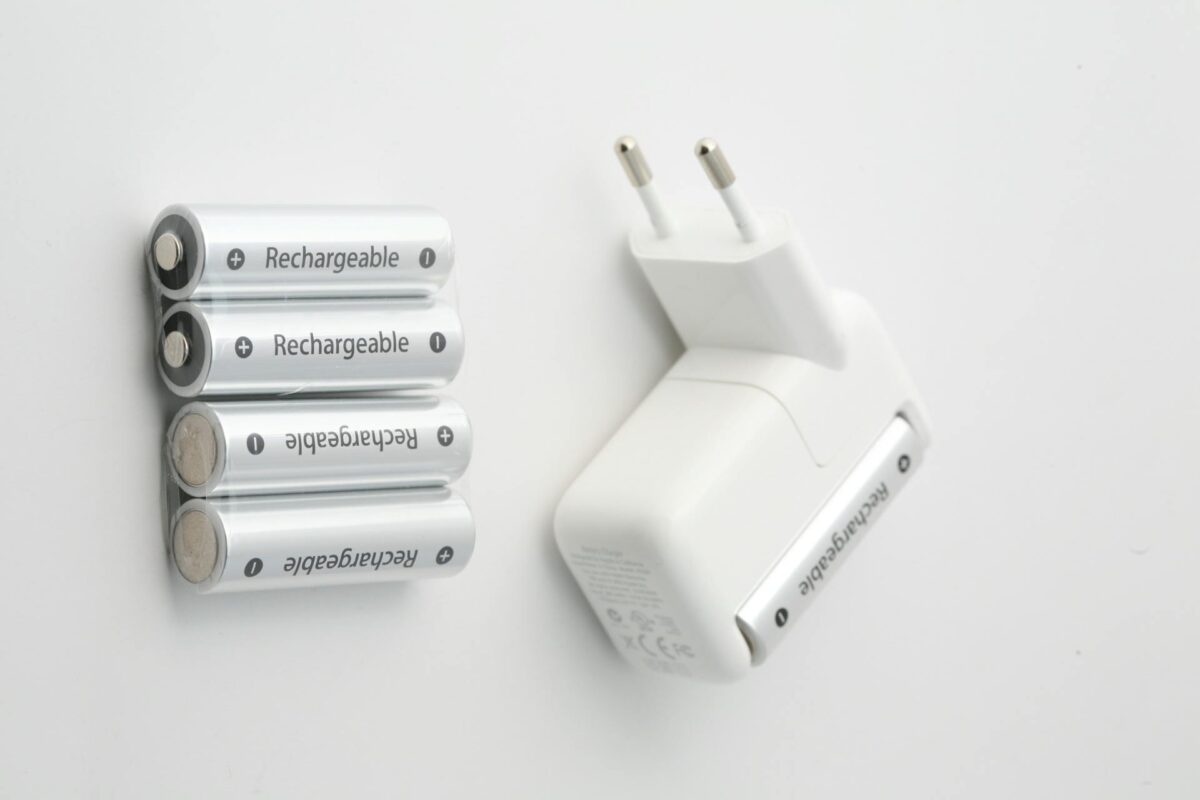EV Battery Innovations 2025
Kallipso Mais
on
February 3, 2025
EV Battery Innovations 2025
The electric vehicle (EV) industry is experiencing rapid advancements in battery technology, aiming to enhance performance, increase energy density, and promote sustainability.
As we progress through 2025, there are a few key innovations that are shaping the future of EV batteries.
3 Electric Vehicle Battery Innovations
Solid State Batteries
Solid-state batteries are emerging as a transformative technology in the EV market. By replacing the liquid electrolyte found in traditional lithium-ion batteries with a solid electrolyte, these batteries offer higher energy density, improved safety, and faster charging times.
Automakers are actively investing in this technology, with plans to integrate solid-state batteries into vehicles in the near future.
Carbon Nanotube Electrodes
The integration of carbon nanotube electrodes in lithium-ion batteries is a significant advancement. These electrodes enhance electrical conductivity and mechanical strength, leading to higher energy density and improved battery performance.
Companies like NAWA Technologies have developed vertically aligned carbon nanotube designs that can triple the energy density of lithium batteries, offering faster charging and longer ranges for electric vehicles.
Sodium-Ion Batteries
Sodium-ion batteries are gaining attention as a cost-effective and sustainable alternative to lithium-ion batteries. Utilising abundant materials like sodium, these batteries can reduce reliance on scarce resources and lower production costs.
Recent developments indicate that sodium-ion batteries are becoming a viable option for large-scale energy storage and certain EV applications.
Battery Recycling and Second-Life Applications
As the EV market expands, the focus on battery recycling and second-life applications has intensified. Advanced recycling technologies are being developed to efficiently dismantle and repurpose used batteries, reducing waste and promoting a circular economy. These initiatives not only mitigate environmental impact but also contribute to a more sustainable supply chain for battery materials.
We Collect and Recycle EV Batteries
At Lithium Cycle, we specialise in the collection and recycling of EV batteries, including those from electric vehicles. Our services ensure that valuable materials are recovered and reintroduced into the supply chain, supporting sustainability in the EV industry. By partnering with businesses, we manage bulk loads of used batteries, contributing to environmental conservation and resource efficiency.
The advancements in EV battery technology, such as solid-state batteries, carbon nanotube electrodes, and sodium-ion batteries, are paving the way for a more efficient and sustainable future. As these innovations become mainstream, the importance of effective battery recycling and material recovery will continue to grow.


